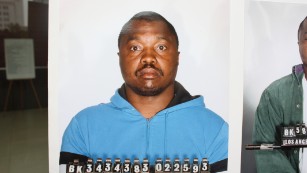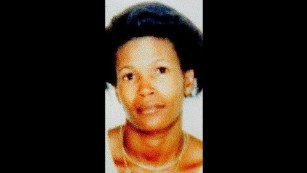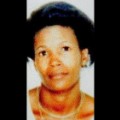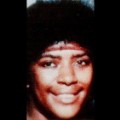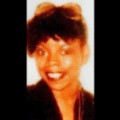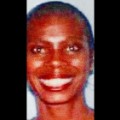For many years, Lonnie Franklin Jr. hunted young black women, sexually assaulted them and then, shot or strangled them and dumped their bodies.
On one night during November 1988, Franklin drove down a Los Angeles street in his orange Ford Pinto and stopped when he spotted Enietra Washington. He offered her a ride to which she declined, but Franklin pushed a little harder.
Enietra Washington today.
Angry, he lashed out at her. “That’s what’s wrong with you black women?” he said. "People can’t be nice to you.”
Feeling sorry for him, she decided he was only being nice and she accepted.
According to records, Enietra Washington is the only survivor who came in contact with the man known as the "Grim Sleeper."
Lonnie Franklin, Jr. today at 63
On that fateful night, Franklin sexually assaulted her, shot her and then snapped a photo of her as a memento before pushing her out of his moving vehicle and left her to die. Thankfully, she's still alive to tell her story.
It was after that night that Franklin became the Grim Sleeper because of the long break he'd taken in between slayings.
Now, Franklin, faces 10 counts of murder for nine women and a 15-year-old girl, as well as Washington’s attempted murder. Here's a billboard showing the headshots of the women he's suspected of killing, but only 10 were able to identify him.
In court, Washington testified that she was on her way to a friend’s house when she accepted the ride during which Franklin told her he needed to stop by his uncle’s house to get some money. After that stop, she said he started acting strange, saying Washington was “dogging him out.” He even called her by another name while he was muttering. After that, things got “eerily quiet.”
And then, when she noticed blood leaking from her chest she realized she'd been shot. It seems odd to me that she didn't know she'd been shot, but those in the know tell me it's possible not to realize it. I don't know if it's shock or what. She asked him why? He never responded. Being a single mother of two children, she knew she needed a hospital and asked him to take her. He refused. Realizing she might become unconscious, she forced herself to remain conscious.
And after his refusal, that's when she told him, ‘If I die, I am going to haunt you. You are going to have to take care of my kids.'”
During her testimony, Washington looked him directly in the eyes and said, “I thought I forgave you, but I was wrong. You stole so many people’s lives.” He remained silent and emotionless.
It should be interesting to find out why, if we ever do, he went on the rampage.



